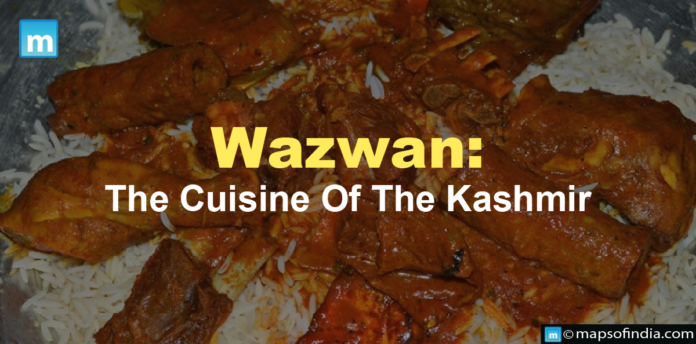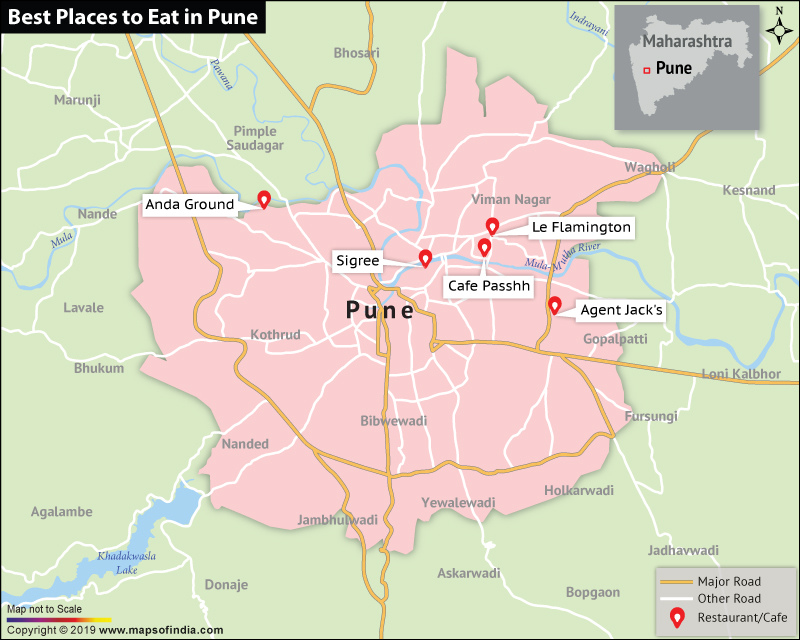Kashmir, widely regarded as the “Paradise on Earth”, is home to a distinct and delectable cuisine known as Wazwan. Wazwan is a multi-course meal eaten at weddings, feasts, and other important occasions. It’s a complicated and sophisticated meal that takes a lot of talent and experience to prepare.
Wazwan is much more than a cuisine. It represents Kashmiri culture and identity. It allows Kashmiris to reconnect with their ancestry and appreciate their own culture.
Weddings and other significant occasions frequently feature Wazwan dishes. This is because Wazwan is viewed as a method to offer guests respect and hospitality. It is also a means to share one’s blessings with others while celebrating the joy of life. Wazwan allows Kashmiris to connect with their land and its natural riches. All of the ingredients used in Wazwan meals are cultivated in Kashmir. This benefits both the local economy and the preservation of Kashmiri culinary traditions.
History
Wazwan’s origins can be traced back to the 14th century, when Mughal monarch Timur invaded Kashmir. Timur’s troops brought with them their own chefs, who introduced the province to new cooking techniques and cuisines. These influences merged with traditional Kashmiri cuisine to become Wazwan.
Originally, wazwan was only offered at royal banquets and other important events. However, it has grown more available to the broader public in recent years. Wazwan restaurants may now be found throughout Kashmir, and the cuisine is popular at weddings and other special occasions.
Characteristics of Wazwan
Wazwan feasts are normally 36 courses long, however the precise number varies depending on the occasion. The foods are presented in a certain order, beginning with appetisers and soups, then moving on to main courses and side dishes, and finally desserts.
Wazwan foods are recognized for their distinct fragrances and rich flavours. Many of the foods are simmered in big earthen pots overnight to allow the flavours to fully emerge. Wazwan chefs also employ a wide range of spices and herbs to produce their distinct flavour profiles.
Popular Wazwan dishes
- Rogan Josh : It is a lamb meal that is cooked in a yoghourt-based stew with spices including turmeric, cardamom, and cloves.
- Goshtaba: Meatballs cooked in a yoghurt gravy with ground lamb, spices, and onions.
- Rista: Ground lamb meatballs with spices and rice flour cooked in a tomato-based sauce.
- Yakhni: A spiced and herb-flavoured lamb broth.
- Tabak Maaz: Marinated lamb ribs that are fried till crispy.
- Kabuli Pulao: Lamb, almonds, and spices cooked in rice.
Wazwan is typically served on a huge copper platter known as a traem. The traem is set on the floor, and guests sit in groups of four around it. On a little plate, each guest is served a portion of each dish. Eating Wazwan requires a special etiquette. Guests should eat with their right hand and leave no food on their plates. Wazwan is also designed to be eaten socially, with guests encouraged to share food and conversation.
Wazwan is still an important component of Kashmiri culture and identity. It is offered at weddings, funerals, and other special occasions. Wazwan is also a major tourist destination, and many visitors to Kashmir make a point of sampling this unusual food. Outside of Kashmir, there has been an increase in interest in Wazwan in recent years. Its eateries may now be found in major cities across India and even overseas. There are also a lot of cookbooks and websites that provide recipes for Wazwan meals.





